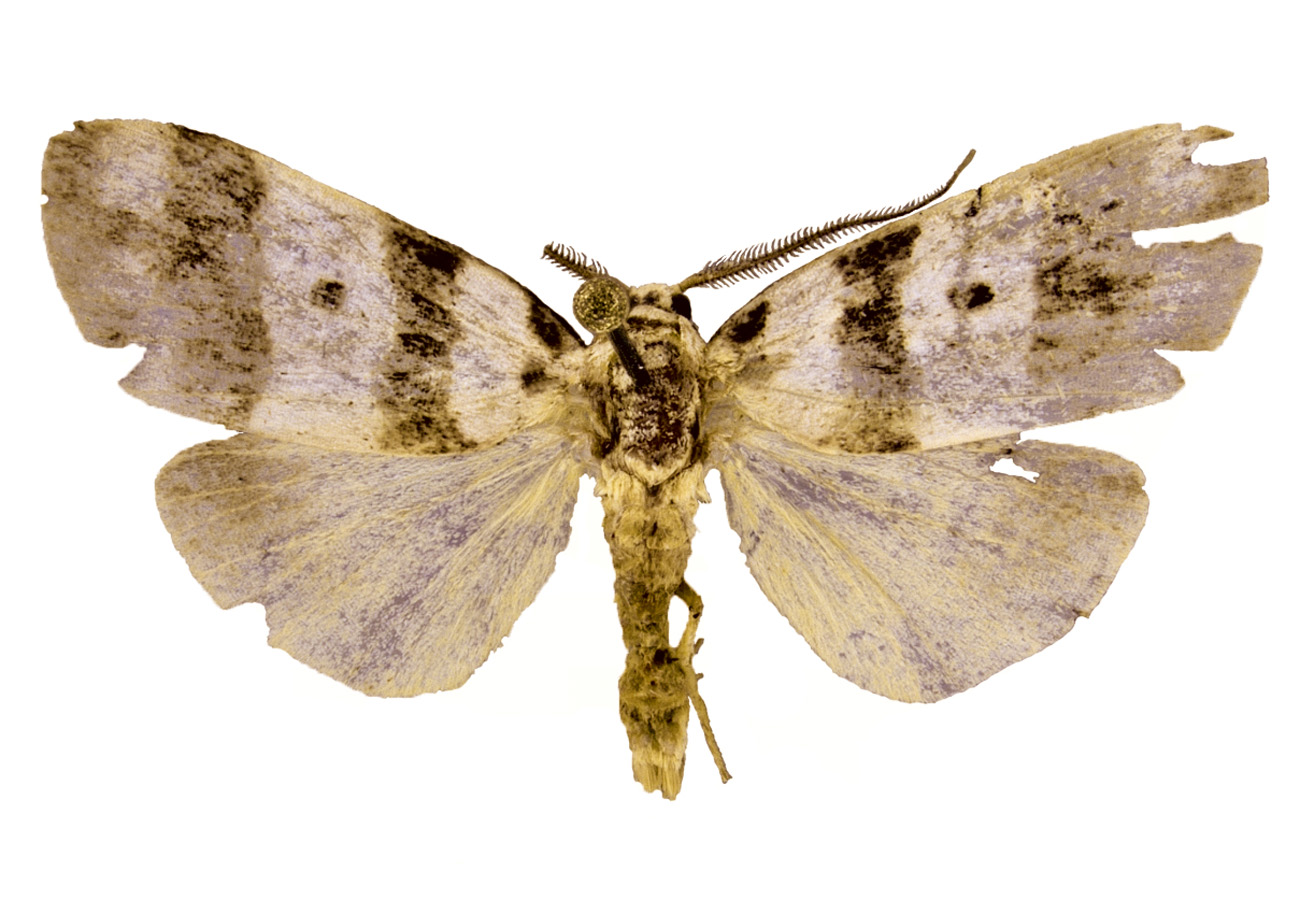Abstract
One new and one known species of the family Comesomatidae were collected from marine sediments in the South China Sea. Cervonema longispicula sp. nov. has stout cephalic setae, elongated and curved spicules with cephalated proximal end, and gubernaculum with hook-like dorsal apophysis that make the new species easily recognizable from the other 18 recorded Cervonema species. Paracomesoma zhangi Huang & Huang, 2018 was redescribed based on more specimens of males and females. These specimens are in accordance with the characteristics of holotype from the East China Sea except having more precloacal supplements (30–39), males slightly smaller (not longer than 1710 µm) and with shorter cephalic setae (not longer than 10 μm).
References
Chen, G. & Vincx, M. (2000) Nematodes from the Strait of Magellan and the Beagle Channel (Chile): the genera Cervonema and Laimella (Comesomatidae: Nematoda). Hydrobiologia, 427 (1), 27–49.
https://doi.org/10.1023/A:1003943021901Fonseca, G. & Bezerra, T.N. (2014) Order Araeolaimida De Coninck & Schuurmans Stekhoven, 1933. In: Schmidt-Rhaesa, A. (Ed.), Handbook of zoology. 1st Edition. De Gruyter, Berlin, pp. 465–486.
Higgins, R.P. & Thiel, H. (1988) Introduction to the Study of Meiofauna. Smithsonian Institution Press, Washington, D.C., 488 pp.
Hong, J., Tchesunov, A. & Lee, W. (2016) Revision of Cervonema Wieser, 1954 and Laimella Cobb, 1920 (Nematoda: Comesomatidae) with descriptions of two species from East Sea, Korea. Zootaxa, 4098 (2), 333–357.
https://doi.org/10.11646/zootaxa.4098.2.7Huang, M. & Huang, Y. (2018) Two new species of Comesomatidae (Nematoda) from the East China Sea. Zootaxa, 4407 (4), 573–581.
https://doi.org/10.11646/zootaxa.4407.4.9Huang, M. (2018) Studies on taxonomy of free-living nematodes from Hainan Island in the South China Sea. Master's degree thesis, Liaocheng University, Liaocheng, 119 pp.
Jensen, P. (1979) Revision of Comesomatidae (Nematoda). Zoologica Scripta, 8, 81–105.
https://doi.org/10.1111/j.1463-6409.1979.tb00621.xJonge, V.N. & Bouwman, L.A. (1977) A simple density separation technique for quantitative isolation of meiobenthos using the colloidal silica Ludox-TM. Marine Biology, 42, 143–148.
https://doi.org/10.1007/BF00391564Leduc, D. (2012) Deep-sea nematodes (Comesomatidae) from the Southwest Pacific Ocean: five new species and three new species records. European Journal of Taxonomy, 24, 1–42.
https://doi.org/10.5852/ejt.2012.24McIntyre, A.D. & Warwick, R.M. (1984) Meiofauna techniques. In: Holme, N.A. & McIntyre, A.D. (Eds.), Methods for the study of marine benthos. Blackwell Scientific Publications, Oxford, pp. 217–244.

